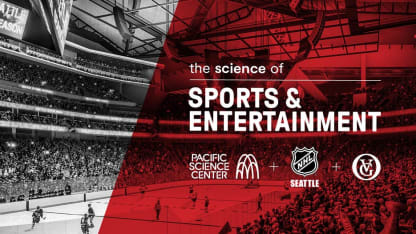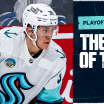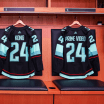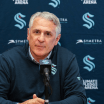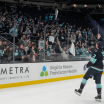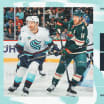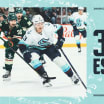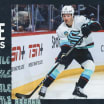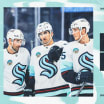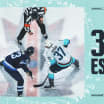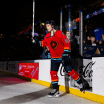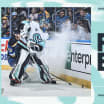The series, also hosted by Oak View Group, debuted Feb. 26 with a focus on the design and engineering challenges associated with construction of the New Arena at Seattle Center. And, make no mistake, there are, ahem, complexities.
"As Tod Leiweke likes to say, this building is not for the faint of heart," said Shaun Mason, construction consultant at CAA ICON and integral member of the build team.
Mason offered up some of the heart-stoppers: How do you build a brand-new arena but keep the historic roof? The original loading dock will become an entrance as the building "does a 180 and there will be no back door." The roof will be suspended in mid-air with custom buttresses and columns to temporarily support it while the construction crew digs an additional 15 feet below ground that is already 37 feet deep (to become roughly five stories below ground).
"It will be like building a ship in a bottle," says Mason, who has worked on the new, acclaimed arenas for the Pittsburgh Penguins and Edmonton Oilers.
Mason was one of three speakers sharing arena design stories with an enthusiastic crowd that was treated to a 6:15 reception with drinks and light bites before the 7 p.m. talk. He was joined by Geoff Cheong of Populus Architecture and Jeff Sawarynski of ME Engineers.
Cheong noted the challenge of making the planned multi-story south glass atrium "the new front door" and "affording a stunning view of the Space Needle" for hockey fans while also complying with NHL construction standards.
"They like it cool and dry," said Cheong.
Sawarynski discussed how to accomplish the necessary dehumidifying to keep a hard ice surface. Typically, that means giant dehumidifiers fastened to an NHL arena roof. But not when your roof is a national landmark and a Seattle treasure.
It required many rounds of drawings, scientific debate, calculations, creative engineering and maybe a few pizza-fueled hackathons, but Sawarynski explained his group devised a "snorkel" system that will not be anywhere near the roof or even visible, plus get the dehumidifying job done (someone please notify NHL ice guru Dan Craig, best known for setting rinks for the League's Winter Classic series).
